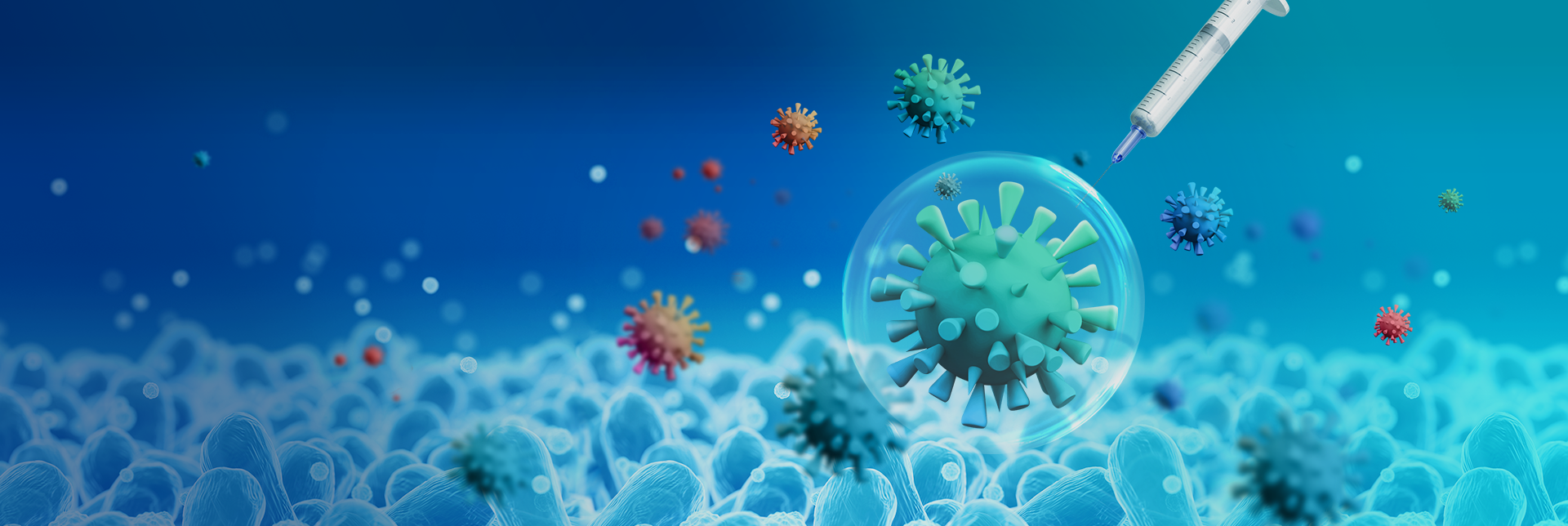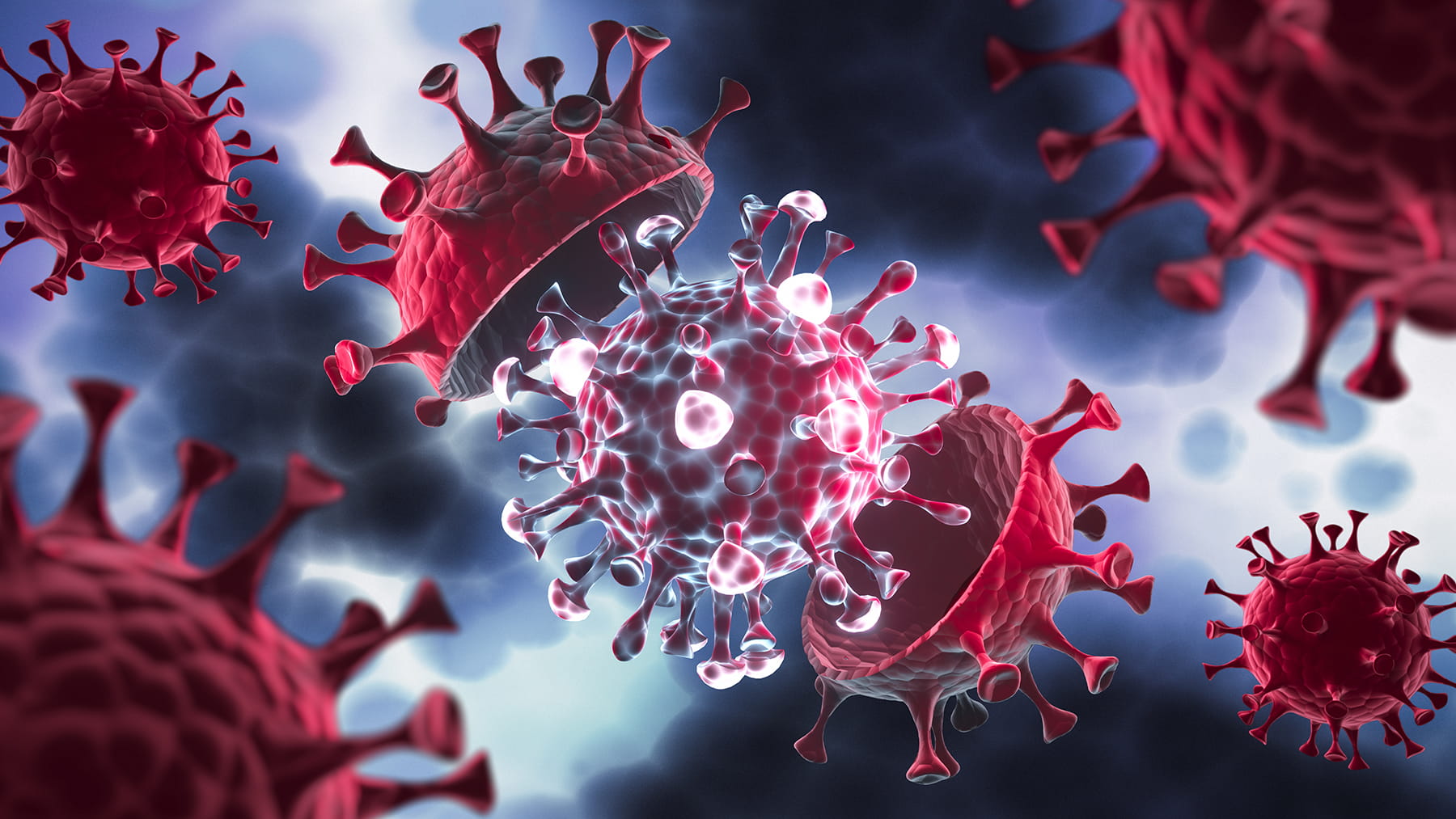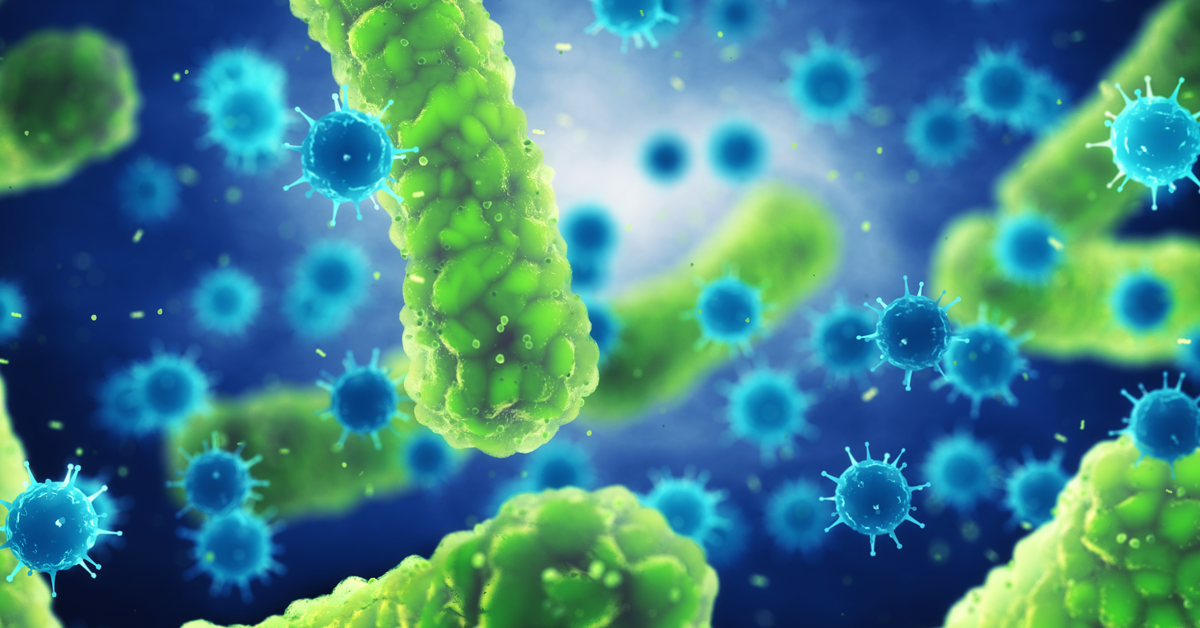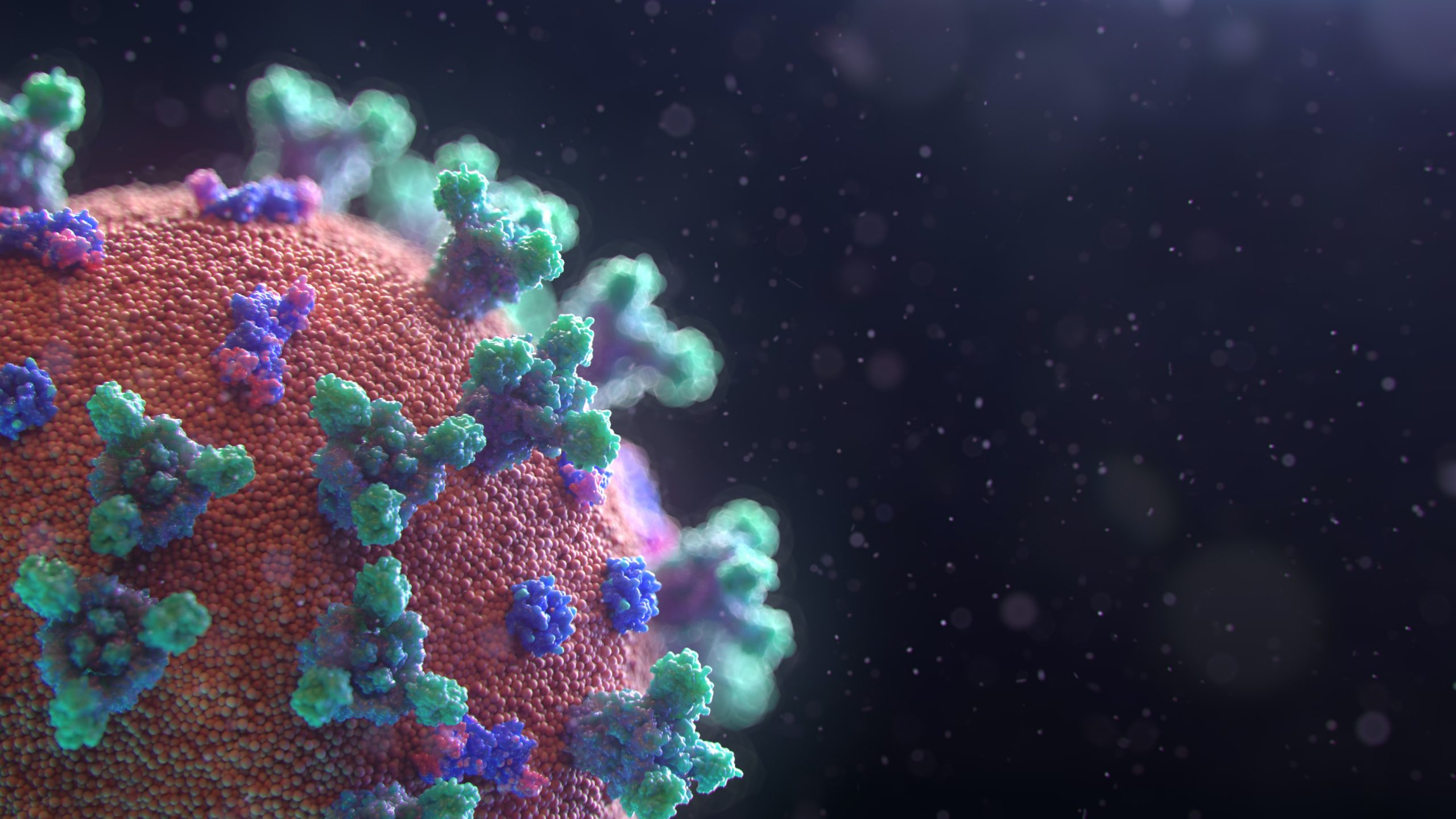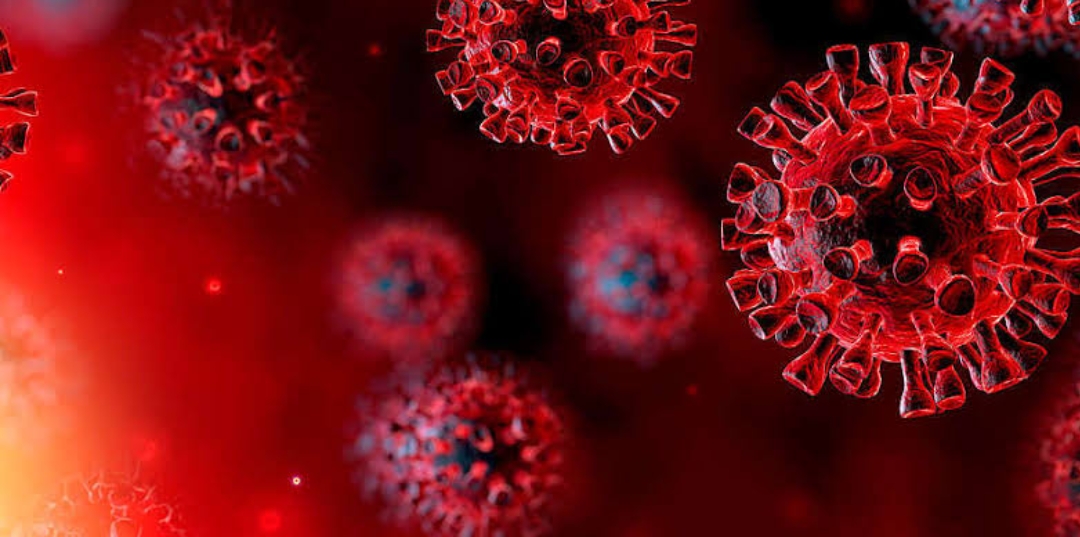
Vaccine Breakthrough Infections with SARS-CoV-2 Variants
Recently breakthrough infections were observed. In a recent weekly report on morbidity and mortality, researchers from the University of California Center for Disease Control conducted a large-scale analysis of the number of so-called COVID19 "breakthrough infections" among people vaccinated against the disease.
Among the 101 million people vaccinated, about 27% of the most common infections occurred in people without COVID19 symptoms, about 10% or 995 cases were hospitalized, and 2% or 160 people died.
Researchers have only genetically sequenced the virus in 5% of breakthrough infections, so the data is not reliable. Since the percentage of breakthrough infections is usually low, the immunity of vaccines still seems to be sufficient to prevent infection of these variants, and when infections do occur, they usually cause less severe disease.
In a recent Morbidity and Mortality Weekly Report (MMWR), researchers at the U.S. Centers for Disease Control (CDC) said the first wide-scale look at “breakthrough infections” number —COVID-19 infections occurring in people after being vaccinated against the disease.
The author points out that the reported breakthrough infection may actually underestimate the destructive infection, because the treatment in the report is voluntary, and many positive people may have no symptoms and therefore will not be tested and diagnosed.
With these new data, CDC notified state and local health officials that they no longer need to report all breakthrough infections and only notify CDC when these cases result in hospitalization, serious illness, or death. This is where breakthrough infections begin and spread. We hear more and more frequently from people infected with the coronavirus.
The President’s medical adviser and director of the National Institute of Allergy and Infectious Diseases stated on CNN yesterday that they expected this to happen."I hope we get full approval before the end of August. You know, at the same time, people should also understand that the data on the true effectiveness and effectiveness of these vaccines is indeed unusual, not only in the United States but also in the world. Several countries, so if we do not get full approval during this period, I would be surprised."
After nine years, then nine to six years, six months to two years, and six months to two years, everything looks good so far. But the final decision will be made by the FDA. And he believes this is unlikely to happen until midwinter at the end of this year, if we refuse to get vaccinated, we will be about to eradicate polio, as we have seen with certain drugs. If we spread this kind of false information, we may still suffer from poliomyelitis in this country.
If we had that a few decades ago, our country will still have polio. This distinction is important because many people do not know that vaccines can prevent diseases, but not necessarily infections. Immune memory is like an infection.
Therefore, when the real virus appears, the immune system is immediately activated and produces T cells, B cells and antibodies. Instead, the researchers tracked symptomatic infections and did not answer the question of whether vaccinated people who were asymptomatic might get asymptomatic.











